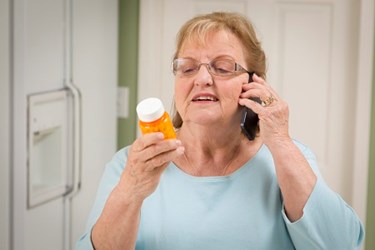Putting The 'P' In Personal Health IT

By Christine Kern, contributing writer

Empowered patients are seen as essential to the success of healthcare.
With the current transition to value-based reimbursement models in healthcare, empowered patients – and the personal health information they generate – will play a vital role.
"Providers and patients must continue to partner together to improve the health status and overall population health in the U.S. Health Information technologies are a tool to make that partnership a reality, and an empowered patient," Mary Griskewicz, senior director of healthcare information systems at HIMSS, is quoted as saying by Healthcare IT News.
Every patient is unique, from both a personal risk perspective – whether that is a preventable disease progression or a critical care event. In addition, patients come from different socioeconomic behavioral standpoints. This is according to a HIMSS resource on personal health information.
"Putting more of the 'P' (personal), into personal health IT will require incorporating individuals' preferences and values into the applications, including personal observations of daily living," according to the resource, edited by Sarasohn-Kahn, health economist and advisor for THINK-Health, and author of the blog Healthpopuli.
"Adoption of digital technologies has gone mainstream in the U.S., and self-service behaviors are coming to healthcare," Sarasohn-Kahn added. "The catalysts for change are activated, engaged consumers who are motivated to maintain a healthy state, manage chronic conditions or alter lifestyle choices upon a new diagnosis," according to the paper. "Additional catalysts include patients’ increased financial burdens and demand for greater transparency on price and quality of health services."
As part of the new meaningful use Stage 2 rules, there is a new focus open access, calling for patients to have the capability to electronically view and download their health information, rather than needing to request their records, and requiring that providers have secure electronic messaging to communicate with them.
Patients' and caregivers' increased adoption of PHIT can help providers alleviate growing pressures on their practice economics and work-life balance, and PHIT can be a key linchpin for health providers migrating toward value-based care, the resource goes on to say.
At the recent HIMSS Government Health IT Conference in Washington, D.C., Griskewicz and Sarasohn-Kahn led a session on how to connect providers and patients via personal health IT to transform healthcare, emphasizing the value of patient engagement and activation, spotlighting key drivers of patients and consumers' demand for personal health IT, and helping attendees scope out opportunities for consumer-facing personal health IT in connecting care with physicians and providers.
